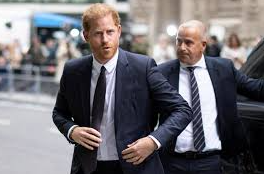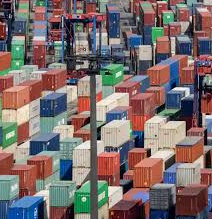Understanding the methods used to launder money and the crackdown on such activities
Money laundering is a criminal process that involves making illegally obtained funds appear legitimate by disguising their true origin. This process is typically broken down into three key stages: placement, layering, and integration.
In placement, dirty money is introduced into the financial system, often by breaking down large sums of cash into smaller amounts that are deposited into banks, making them less conspicuous. One method involves using businesses with high volumes of cash transactions, like laundromats, where illicit funds are mixed with legitimate earnings.
The next stage, layering, involves moving the money through complex financial transactions, accounts, and shell companies, sometimes crossing borders to confuse and obscure the money’s illicit origin. Criminals may also use offshore tax havens to further complicate the trail.
Finally, the money is integrated into the economy as clean funds, allowing criminals to use it freely, often through purchasing luxury items such as expensive jewelry, high-end cars, or real estate.
A recent large-scale operation in Singapore led to the seizure of over S$1 billion worth of assets, including properties, vehicles, luxury goods, and more. Ten foreign nationals were charged in connection with the operation, and Singapore authorities have made it clear that those involved in money laundering will face harsh penalties, including fines and jail sentences of up to 10 years.
In Singapore, the Monetary Authority takes a strong stance against money laundering, ensuring financial institutions adhere to stringent regulations to prevent such activities.








